She’s known as Mama Earthworm.
It wasn’t that long ago that Nikita Gidwani’s hands shook when she had to handle earthworms.
But one of her students inspired her to overcome her fears. Now, having led the ambitious project of developing a micro-forest at Aga Khan Mzizima Secondary School in Dar Es Salaam, Tanzania, she is deeply engaged with students in their fourth effort to create a “soil factory” after three failed attempts—hence, the ongoing link to earthworms.
“You have to leave a little space for error, and support the choices,” Gidwani said. “That changes everything. It is not through fear that our students will help us save our planet Earth. It’s through empowerment.”
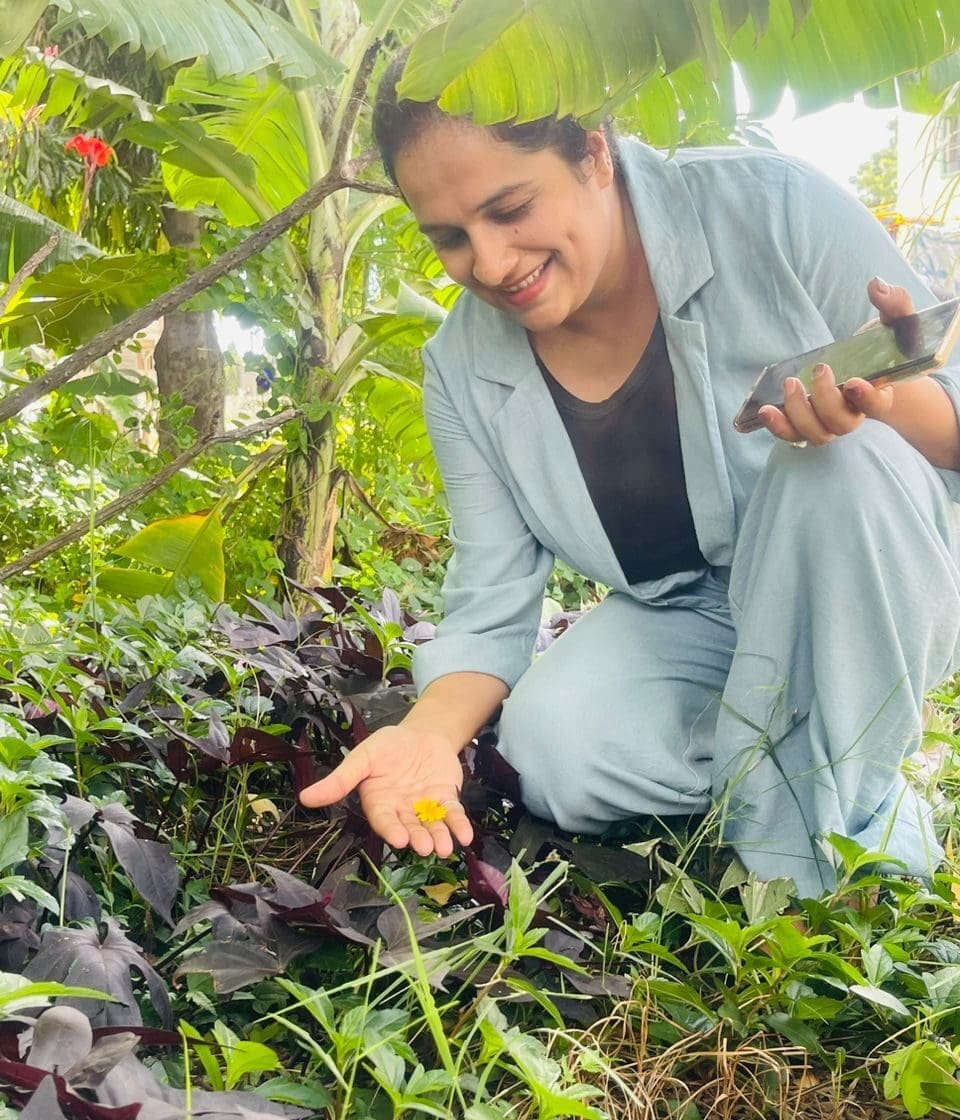
Nikita Gidwani in the microforest seven months after it was launched. (Photo Courtesy of Nikita Gidwani)
One sign of that: for the first time, 4 to 5 percent of the graduating class applied to study environmental science or sustainable change, “when before, we had none,” Gidwani said.
When she relocated to Dar Es Salaam from her native India, Gidwani, the school’s Creative Action Service Coordinator and college guidance counselor, was so surprised to find virtually no outdoor community parks. Playing in the park until long after she was due home.
She’d also been raised with a strong ethos about protecting the environment, and she wanted to bring that to the school by creating “not just a one-day event, but a lifelong project and a legacy.” While mulling this over, she met Didier van Bignoot, a global advisor in sustainable agriculture and food security for the Aga Khan Foundation. “He introduced us to micro-forests.”
The school identified 1,000 square meters of land across the street next to staff quarters. “We learned about soil—soil preparation took time. We bought seeds, saplings, and herbs. We held a workshop and explained what we were doing and why.”
Creating an Ecosystem
Finally, “launch day” arrived.
“We planted over 100 saplings that day,” Gidwani said, “and over 36 different plant species. Now, a little more than a year later, our trees are bearing fruits. It’s cooler there—you can feel the temperature shift. Bees and other insects have arrived. We’ve created an ecosystem.”
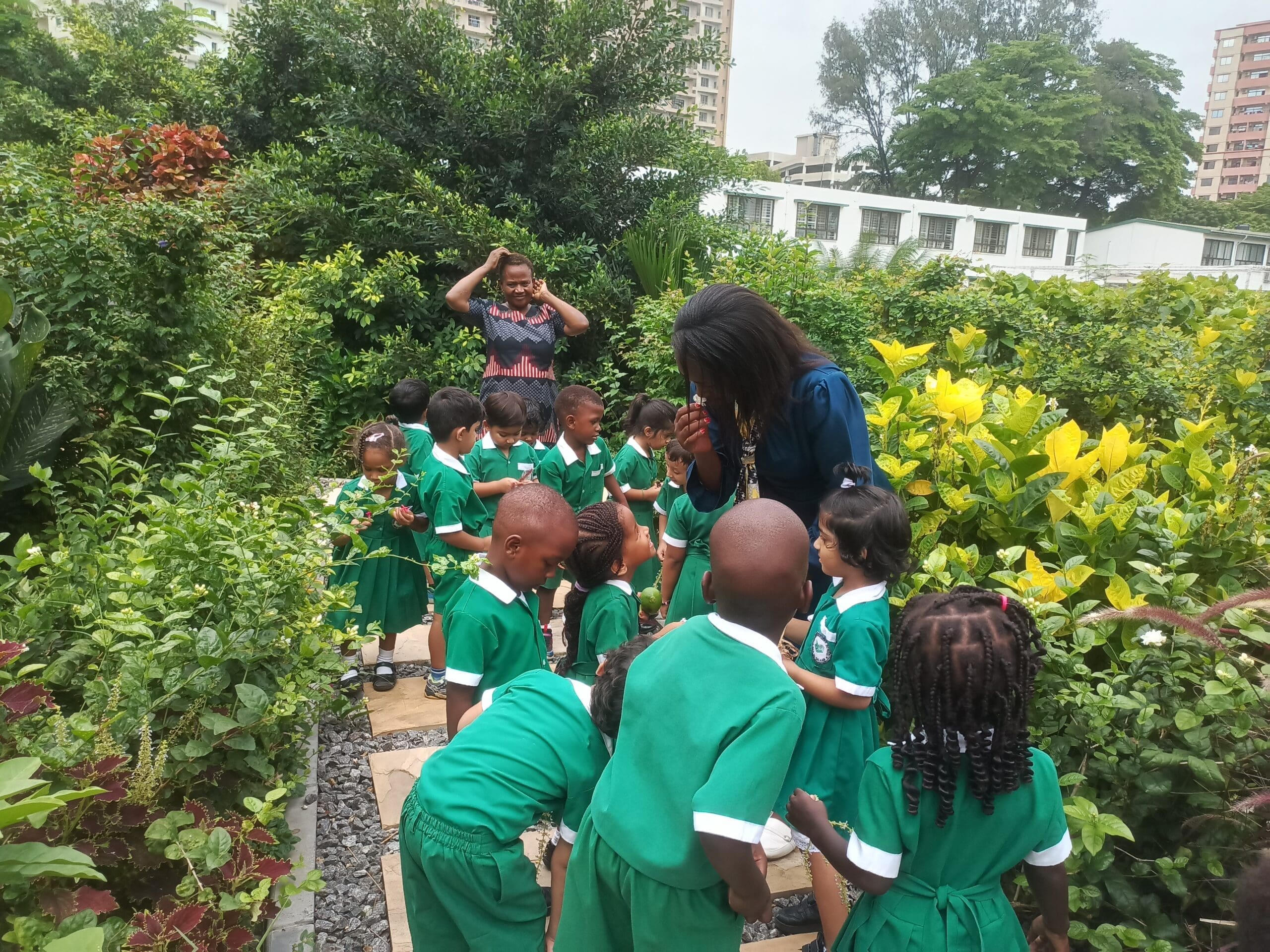
Kindergarteners and first graders visiting the microforest. (Photo Courtesy of Nikita Gidwani)
The graduating class of 40 students took the lead in creating the forest, but the whole school of 1,600 students has benefited and grown attached. “We’ve seen children take their first steps there, chasing butterflies,” she said. “For the younger grades, it is sometimes used as a live classroom. Or the older students will message me to say they are in the forest, and let me know what’s blooming.”
The students also created a business model to sustain the micro-forest, Gidwani said. “The food grown there will be sold to the teachers’ community, with funds returning to support the forest.”
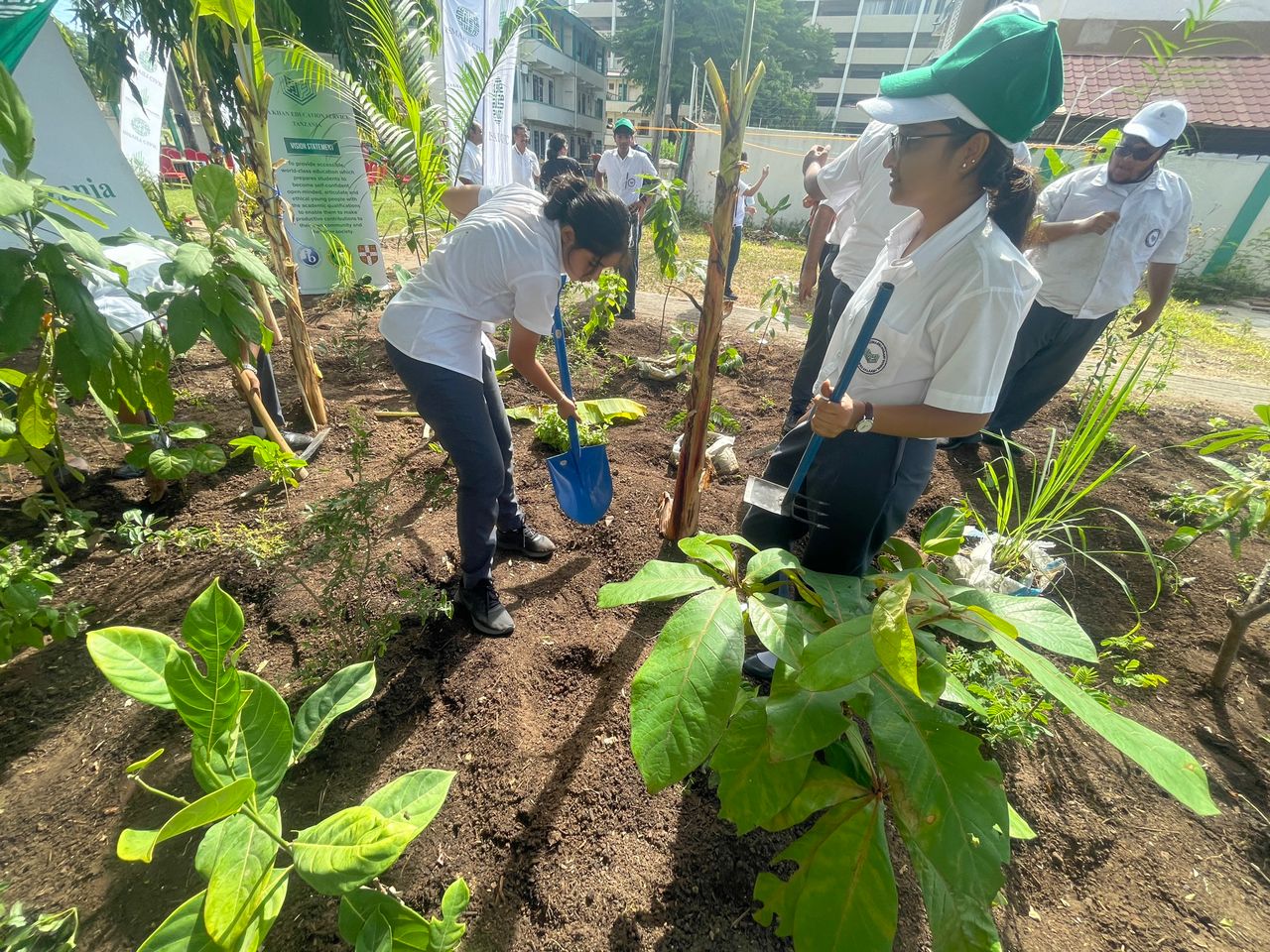 Launch day for the microforest developed by Aga Khan Mzizima Secondary School students. (Photo Courtesy of Nikita Gidwani)
Launch day for the microforest developed by Aga Khan Mzizima Secondary School students. (Photo Courtesy of Nikita Gidwani)
Soil Factory Efforts Build Leaders Willing to Risk It
The efforts to create a soil factory, begun after one papaya sapling seemed to be struggling, have contained their own lessons.
Every class was given a bucket to collect food waste, and we got 21 kilograms of earthworms. The first time, they got the wrong kind. The second time, the heat killed the earthworms.
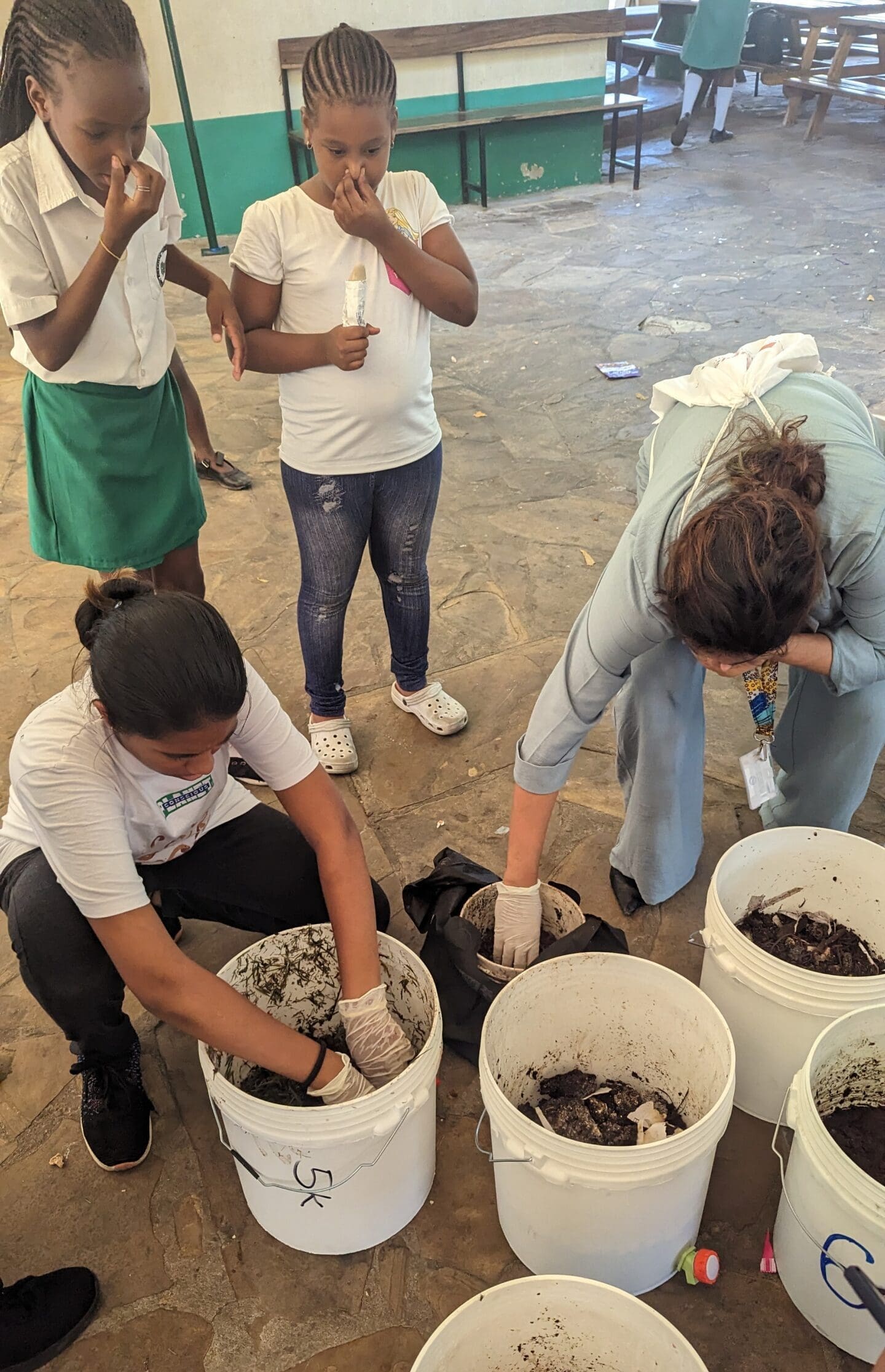
Students adding earthworms to the soil factory during the second attempt. (Photo Courtesy of Nikita Gidwani)
The third time, “I have a student who wants to pursue medicine, and she would check on them every day, and pop into my office: ‘Your babies are alive, today they are alive. Let’s hope they make it through this week.’”
But it turned out that chicken manure added to the compost was too acidic and killed the earthworms again.
Then they visited a climate research institute where they saw a soil factory, and are ready to try again. “It’s a collective learning experience,” Gidwani said. “In the process, we have created leaders.”
Since creating the micro-forest, the students have initiated a project to recycle used paper into handmade sheets for use by the art department. “And this year’s science fair was all about sustainability,” Gidwani said.
“We have seen one thing for sure: instill fear that the world is ending, and the students won’t react well. But if we empower them, they will bring a change.”
Find her solution on the Teachers for the Planet website.
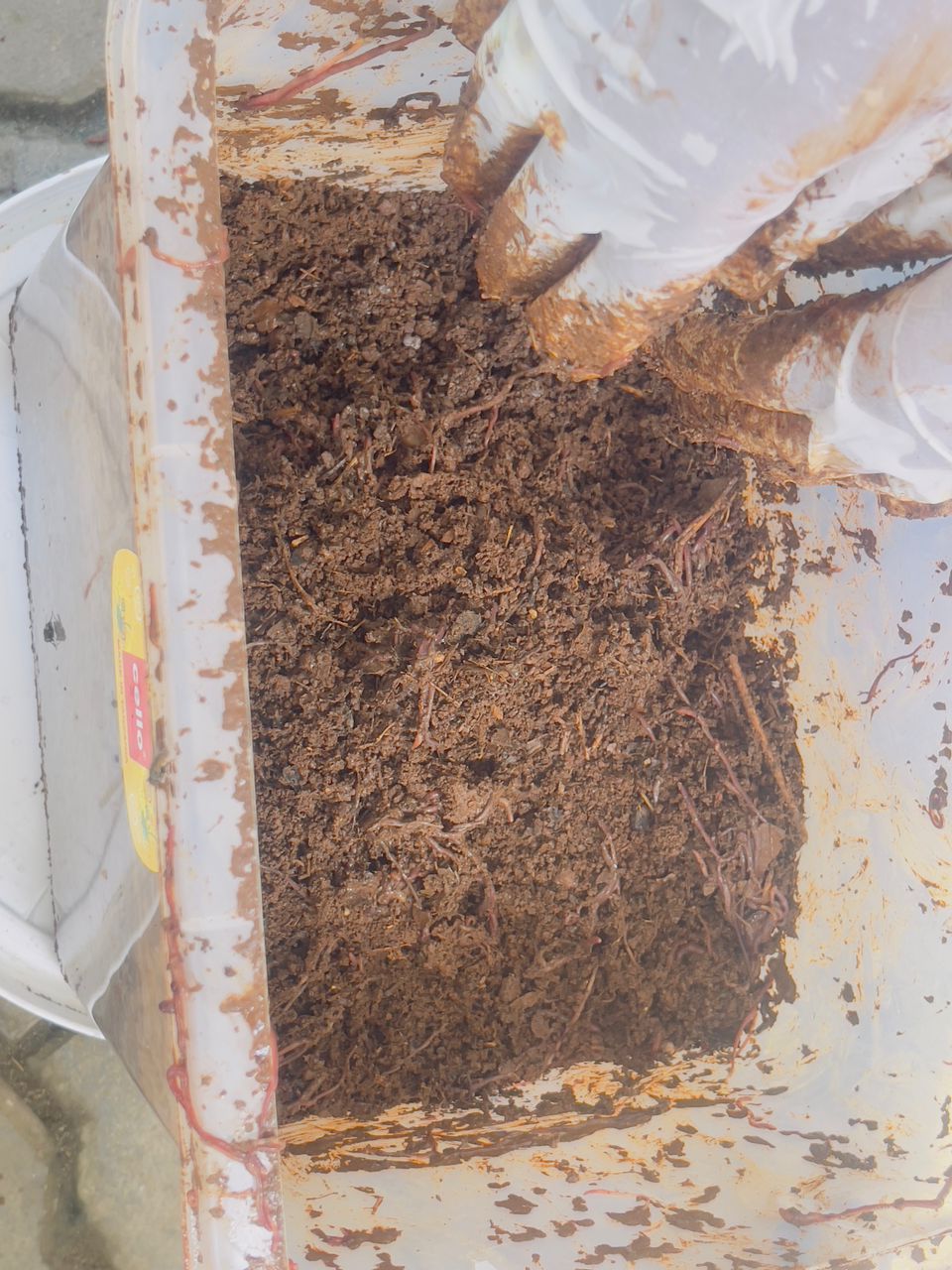 Transferring earthworms to the soil during the third attempt. (Photo Courtesy of Nikita Gidwani)
Transferring earthworms to the soil during the third attempt. (Photo Courtesy of Nikita Gidwani)